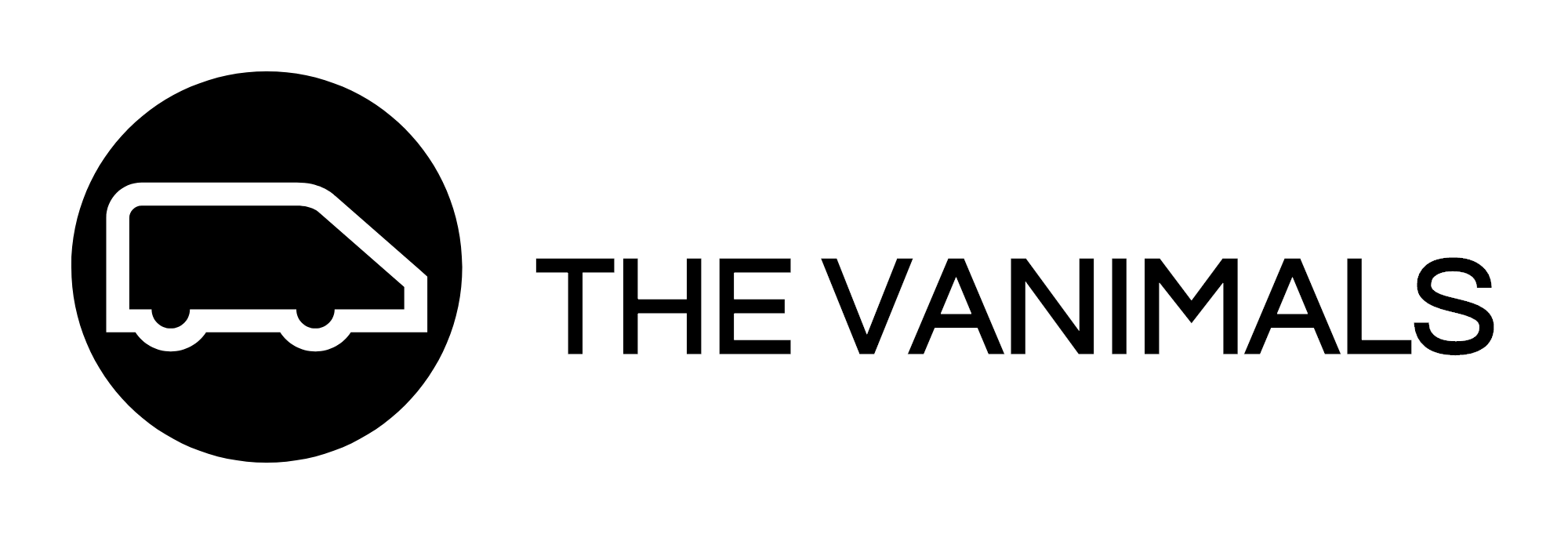5 Reasons Why Biltong is a Great Food for Bike Touring
When Ian and I started planning our bike tour around Lake Superior, one of our first considerations was what we were going to eat while on the trip. We are avid cyclists and have a lot of experience backpacking, but a 1,200-mile bike tour was definitely new to us. We had to figure out how to fuel for an extended trip with such a high-level of physical exertion day after day. Finding lightweight, pack-ready foods that could sustainably fuel us while we were riding all day was a challenge.
We bike toured with a pretty light set-up so having the lightweight biltong with us was perfect.
If you’re planning a long-distance bike tour, you’ll need to consider nutrition for your journey.
Enter Kalahari Biltong!
You might be wondering, “What is biltong?” It’s beef jerky’s sophisticated cousin. What makes biltong different and better than jerky is that it is air dried for 18 days so it is very tender. It’s a form of preservation that originated in Southern African countries, but if you don’t have a bike tour around South Africa planned anytime soon you can try this tasty snack from Kalahari Biltong. If you use the promo code “Vanimals”, you will get 15% off your entire order. (Disclosure: Kalahari Biltong sent us some samples to eat during our bike tour, but the opinions in this blog post are entirely our own.)
Kalahari Biltong is a very nutritious food to fuel any long-distance expedition.
We liked that Kalahari Biltong is so lightweight and packable, since we didn’t want to be carrying really heavy bags.
Here are five reasons we fuel with Kalahari Biltong while bike touring:
1. It’s better and easier to eat than beef jerky.
When tired out from a long ride, the last thing you want to do is gnaw on a big hunk of beef jerky. Because beef jerky is dehydrated using heat, it has a really chewy, tough texture. Biltong is completely different. It’s slowly air dried for 18 days giving it a really pleasant texture. It’s so tender that you could even eat it while you are pedaling.
Some types of beef jerky also have up to 22g of sugar per 2oz serving, and they have added soy, gluten, and preservatives. Kalahari Biltong has none of these, so it’s a good choice for people with allergies or dietary restrictions. It’s Keto, Paleo, and Whole 30 approved. You know exactly what is in it because, it only has six ingredients: beef, salt, pepper, vinegar, coriander, and either chili powder or garlic.
Kalahari Biltong is like beef jerky’s cooler cousin—and so much tastier!
One of these things is nutritious. They are both delicious.
2. Unlike many other trail foods and endurance fuels, it has 0g carbs and 0g sugar.
One of the biggest challenges on any long adventure is finding expedition-ready foods that aren’t just full of empty carbs and sugar. Energy blocks and gels have their place during races or even on training rides, but you can’t fuel a ride around the world’s largest lake on sports snacks that are basically just fancy candy. Likewise a lot of dehydrated food that is convenient to carry in panniers or frame packs are things like pasta, rice, or other carb heavy meals. Kalahari Biltong has 0g carbs and 0g sugar so it will help you to have a more well rounded diet while still being convenient for bike touring.
Many of the foods on our bike tour meal plan were very carb rich, but fortunately we had the biltong as well to get plenty of protein.
Kalahari Biltong has no carbs or sugar, which is a great contrast from so many other trail foods.
3. It will keep you riding all day because it has 32 grams of protein per 2oz serving.
Our Lake Superior Circle Tour had us pedaling an average of 63 miles per day, with some days as long as 107 miles. We needed fuel that would keep us in the saddle all day, day after day. For endurance athletes, the maintenance and repair of the lean muscle that you use for cycling depends on a healthy amount of protein in your diet. Eating too little protein while can lengthen recovery time and suppress the immune system.
After 90 minutes of exercise, your muscle glycogen (sugar-based) becomes depleted, and your own muscle can become the target fuel source through a process called gluconeogenesis. This muscle cannibalization can become a major problem on a long endurance trip. Ian went from 185 pounds to 135 pounds while hiking the Appalachian Trail—probably because he mostly fueled his hike with pop tarts. Eating some biltong and fruit every couple of hours while touring can help you get both wholesome sugars form the fruit and a healthy dose of protein to replenish your energy and your muscles.
Not eating enough protein on a long-distance expedition can suppress your immune system and lengthen the amount of time to recover. A high protein food like biltong will keep you going strong.
4. Biltong is lightweight and packable.
Everyone knows weight and bulk matters while bike touring. Because biltong is air dried, it’s extremely light. It’s probably one of the most nutritionally dense foods by weight that you could pack in your panniers. By weight you are getting more protein in biltong than in beef jerky. You will also be getting more protein by size than in tuna, peanut butter, hummus, or dehydrated beans. That’s why we think that biltong is one of the best items you could include in your bike touring meal plan. Because biltong is so unique and protein-rich, it’s one of the items we prioritized packing in our bike bags in advance, unlike a lot of other foods which we just grocery shopped for along the way.
By weight, Kalahari Biltong is probably one of the most nutrition dense foods you could bring when bike camping.
We prioritized packing biltong in the initial food that we bought, because we were pretty sure that we wouldn’t be able to pick it up in the remote parts of Canada that we would be biking through.
5. It tastes great and will add some variety to your diet.
One of the worst parts about food on bike tours or any long endurance adventure is that it tends to get really tedious. If you’re anything like us, you’ll find yourself repeatedly eating the same convenient lightweight meals over and over. After three weeks, the adage “everything tastes good when camping,” doesn’t hold up. The good thing is that biltong actually tastes good and can add a lot of variety otherwise boring camp meals.
You don’t have to eat biltong just by itself, you can add it to other things you are cooking.
After a while, eating quick cooking pasta night after night got old, but we started adding biltong to our meals, and it really helped spice things up.
You can eat biltong on its own a snack. We had three delicious flavors: Original, Spicy Peri Peri, and Garlic. You can also add biltong to your typical camp foods to add some extra pizzazz. It’s tasty in sandwiches or on crackers, because it’s a lot like prosciutto. It can be cooked into egg, rice, or pasta dishes. Check out all these amazing recipes from Kalahari Biltong! Oh, and did we mention that they even have beer pairing suggestions! (This was perfect since we took on some of the breweries on the Lake Superior Ale Trail as part of our bike tour!)
Our favorite way to eat Kalahari Biltong while bike touring is while trying some new beer at a craft brewery.
Most breweries that don’t serve food, let you bring your own snacks in.
If you want to take some Kalahari Biltong on your next adventure, check it out at eatbiltong.com and use the promo code, “Vanimals” to get 15% off your entire purchase!
Posts Also Tagged:
Backpacking, BEER, BIKEPACKING, BIKE TOURING, Bike tour Planning, BIKING, Biltong, Camp Food, Cooking, CYCLING GEAR, Expedition FoodS, FOOD, Food Planning, Health, Hiking, Kalahari Biltong, LAKE SUPERIOR, LAKE SUPERIOR CIRCLE TOUR, PANNIERS, TRAVEL, Travel Planning
What are your favorite power foods for bike touring or bike packing?
















